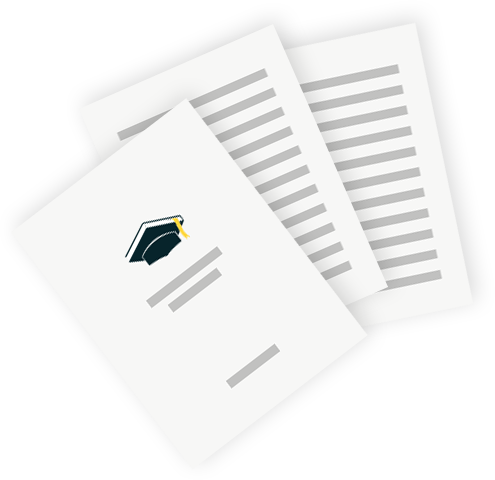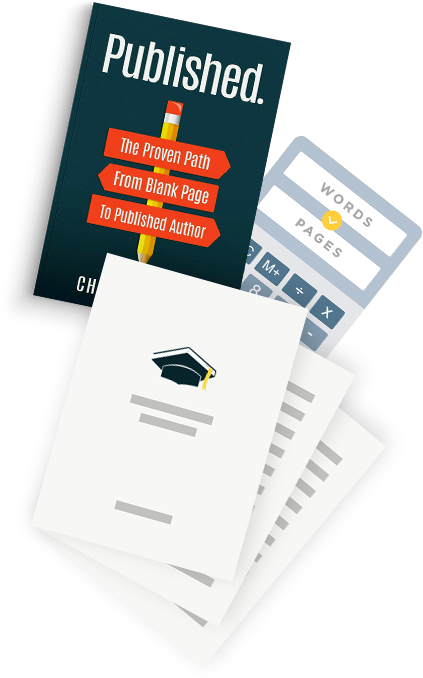Lyrical writing refers to a style of writing that emphasizes beauty, rhythm, and emotional expression through language. It is often characterized by its use of vivid imagery, descriptive language, and a musical quality that engages the reader’s senses and emotions. Lyrical writing aims to create a strong sensory experience for the reader, evoking feelings and immersing them in the atmosphere or mood of the text. You’ll often see lyrical writing in poetry and music, but it certainly isn’t limited to those.
In lyrical writing, the choice of words, phrasing, and sentence structure go beyond mere conveyance of information and delves into the realm of artistry. It often relies on metaphors, similes, and other figurative language to create deeper layers of meaning. Let’s look into it.
8 key features in lyrical writing
Here are some specific features you’ll often find in lyrical writing, as well as tips for how you might accomplish them yourself.
1. Imagery
Lyrical writing uses rich and detailed descriptions to create vivid mental images for the reader. These descriptions often engage the senses and transport the reader into the world of the text. Writing strong imagery is a super important skill for any genre of writer, so take the time to learn how to craft imagery. Learning to write with every sense, how to use them to enhance the story instead of just using a checklist, and how to show instead of tell.
2. Emotional Resonance
Lyrical writing is designed to evoke emotions and connect with the reader on an emotional level. It might explore themes of love, loss, beauty, nature, or other deeply human experiences. This is another crucial writing skill you should take the time to learn.
While you might hear the advice that the key to emotionally affecting your reader is by describing how the character feels, John Matthew Fox, author of The Linchpin Writer: Crafting Your Novel’s Key Moments, would disagree! “The situation is what creates the emotion in me, the action of a sad event happening in the storyline, and not the character’s reaction to that event.”
One of the assignments at the end of that section is to read a chapter of any book and note anytime you feel something. “Not when you’re supposed to feel something, but when you do feel something.” This is a helpful exercise to learn what makes you feel something while you read to learn how to do that same thing yourself.
3. Rhythm and Sound
Lyrical writing often pays attention to the rhythm and flow of language, creating a musical quality that enhances the reading experience. This can involve the use of repetition, alliteration, assonance, and other sound devices. Reading your writing out loud—or having a text reader do it for you—can help you focus on the sound of the prose, then you can edit from there.
4. Metaphor and Symbolism
Lyrical writing frequently employs metaphors and symbolism to convey complex ideas or emotions in a more poetic and indirect manner. While your prose should be full of tangible imagery, and your words themselves sound beautiful, your lyrical writing should also possess a deeper meaning. To learn this skill, try to interpret stories and other media as you consume it—what’s not being said? What do we understand the scene or story to be about? What is that deeper meaning? You might start by learning to use allegory.
This may be news to you, but many—if not most—writers write the story before they know what it’s about. Or at least, they begin writing it then discover what the deeper meaning is as they go. Don’t get too hung up on symbolism or themes before you begin writing. You will likely figure it out once you start, or after it’s finished. Oftentimes, the themes we create on purpose aren’t as compelling or authentic as what our subconscious (or spirit, if you will) creates while our active brain is busy writing the story.
5. Economy of Words
Lyrical writing often uses concise and carefully chosen language to convey its message. Every word is carefully considered to contribute to the overall atmosphere and mood of the piece. This doesn’t necessarily mean the goal is minimalism or keeping it beneath a certain word count, but intentionality in your word choice, as well as how those words are utilized, is necessary. Learn a few tricks for what to cut/rearrange to easily and quickly improve your prose.
6. Subjectivity
Lyrical writing tends to focus on the personal and subjective experience of the narrator or protagonist. It may delve into their thoughts, feelings, and perceptions in a deeply introspective manner. While this is the norm, don’t trap yourself into any type of box when you’re drafting. Unmovable rules are the antidote to creativity. But in general, lyrical writing is a very personal style of writing.
7. Fluidity and Ambiguity
On the flip side, lyrical writing will often embrace a certain level of ambiguity, allowing for multiple interpretations and encouraging readers to engage with the text on a deeper level. This means not writing hyper-specifically, and instead leaving it a bit more open-ended so the readers can project their own life, struggles, and perspective onto the piece of writing. Rather than hammering in the aim and intention of the piece, it’s more ✨poetic✨ and up for interpretation.
The balance of subjectivity and ambiguity is something you might want to check on in revisions.
8. Atmosphere
The atmosphere of your writing is important. How does it make your reader feel in a mental space? Does it feel cozy, unsettling, buzzing with energy? The atmosphere refers to the feeling of a setting in a story, but you can stretch that definition for more than a physical setting. The atmosphere of a piece can help you lead your reader to feeling certain emotions, which can make the piece overall more effective.
Next Step
Lyrical writing can be found in a wide range of literature, from the poetic verses of Romantic poets to the introspective prose of authors like Virginia Woolf. It’s a style that invites readers to engage not only with the story being told, but also with the artistry of the language itself. Any genre of writing can utilize this style to accomplish the writer’s specific goals.
If you’re ready to improve your writing, check out the resource below.



